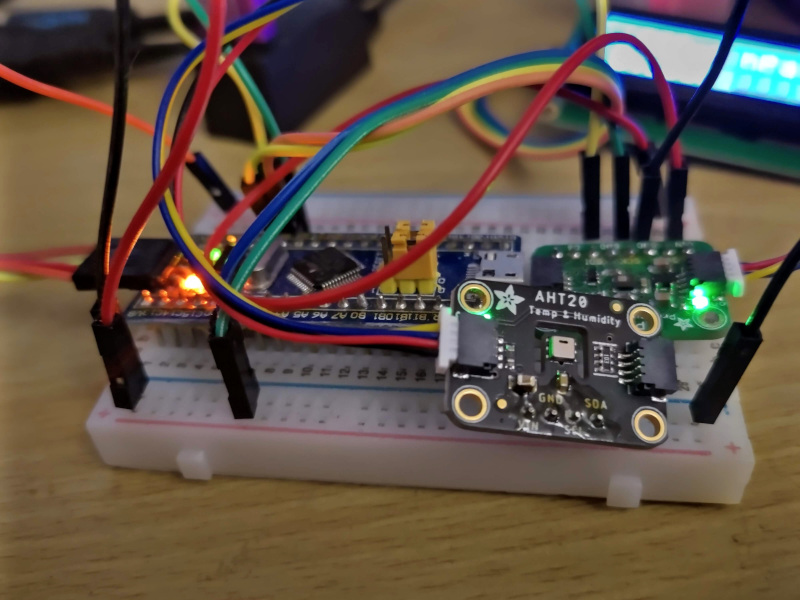AHT20 update, and my open source experience
It’s been more than two years since I released my AHT20-driver (a Rust driver for a temperature and humidity sensor). I’ve had a lot of support and friendly interactions as a result, and I’d like to highlight what a pleasant experience it’s been.
The AHT20 sensor is a temperature and humidity sensor by the company Asair. I used the Adafruit AHT20 board during development. The driver is written in Rust, which I’ve come to really enjoy programming in.
Continue reading